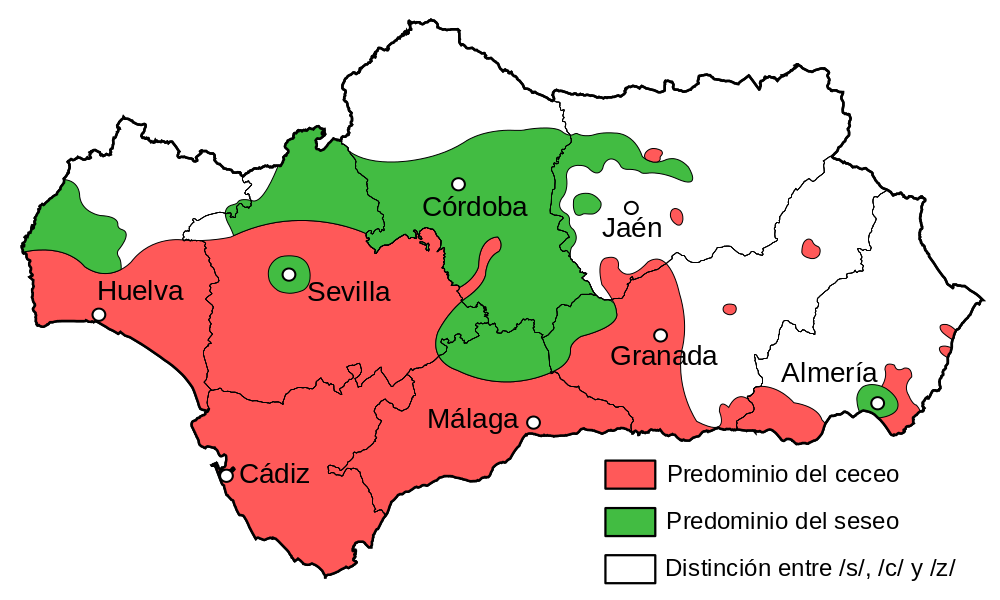Lovers of Spanish, did you know there’s a special day set aside to honor your favorite language? Observed throughout the Spanish-speaking world, Spanish Language Day (El Día del Idioma Español) – celebrated on April 23 – aims to highlight the richness and vitality of the Spanish language.
The date chosen for Spanish Language Day commemorates the death of one of the most significant and best-known Spanish language authors, Miguel de Cervantes Saavedra. Literary scholars consider Don Quixote, Cervantes’ classic work penned in the 17th century, to be one of the most important pieces of fiction of all time.
El Día del Idioma Español dates back to 1926, when Valencian writer Vicente Clavel Andrés first proposed the idea of a special day dedicated to celebrating literature. The tradition began in Valencia and gradually spread throughout all of Spain. In 1964, the celebration was adopted by all Spanish-speaking countries.
World Book Day is also celebrated on the same day, and Spanish news agency EFE has invited several actors, writers, and artists from Spain and Latin America to hold a virtual reading of Don Quixote. Almost three chapters from Don Quixote have been selected for participants to read. This can be followed at the main Twitter account of EFE, @EFEnoticias. EFE is also inviting members of the community to participate by reading a 30-45 second excerpt. The video must be published on the user’s personal Twitter account and mention @EFEnoticias with the hashtag #YoTambiénLeoElQuijote. Participation is also possible via Instagram by publishing a story with video and then mentioning the account @efe_noticias and including the hashtag #YoTambiénLeoElQuijote.
Some useful posts:
Linguistic Features of Rioplatense (River Plate) Spanish
Seseo, ceceo and distinction…or why Spaniards “lisp” and Latin Americans do not
Pronouncing B and V: No more confusion!
The Rise of Spanish as a Second Language
Spanish is the Second Most Widely Spoken Language in the World
Spanish Language Characteristics. Spanish in the World
Castilian Spanish Versus Latin American Spanish
The Influence of Arabic on the Spanish Language














